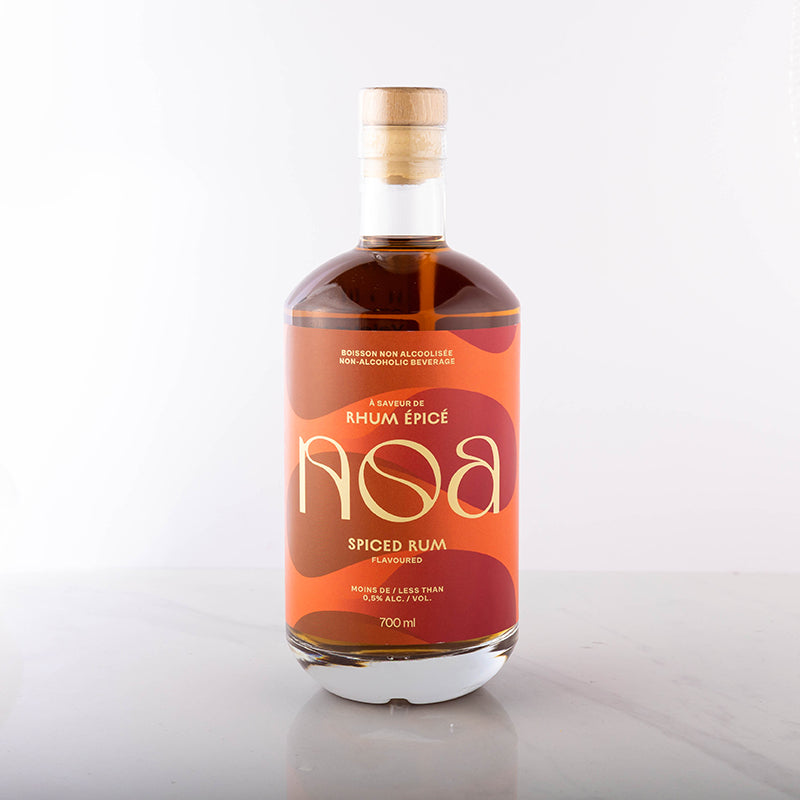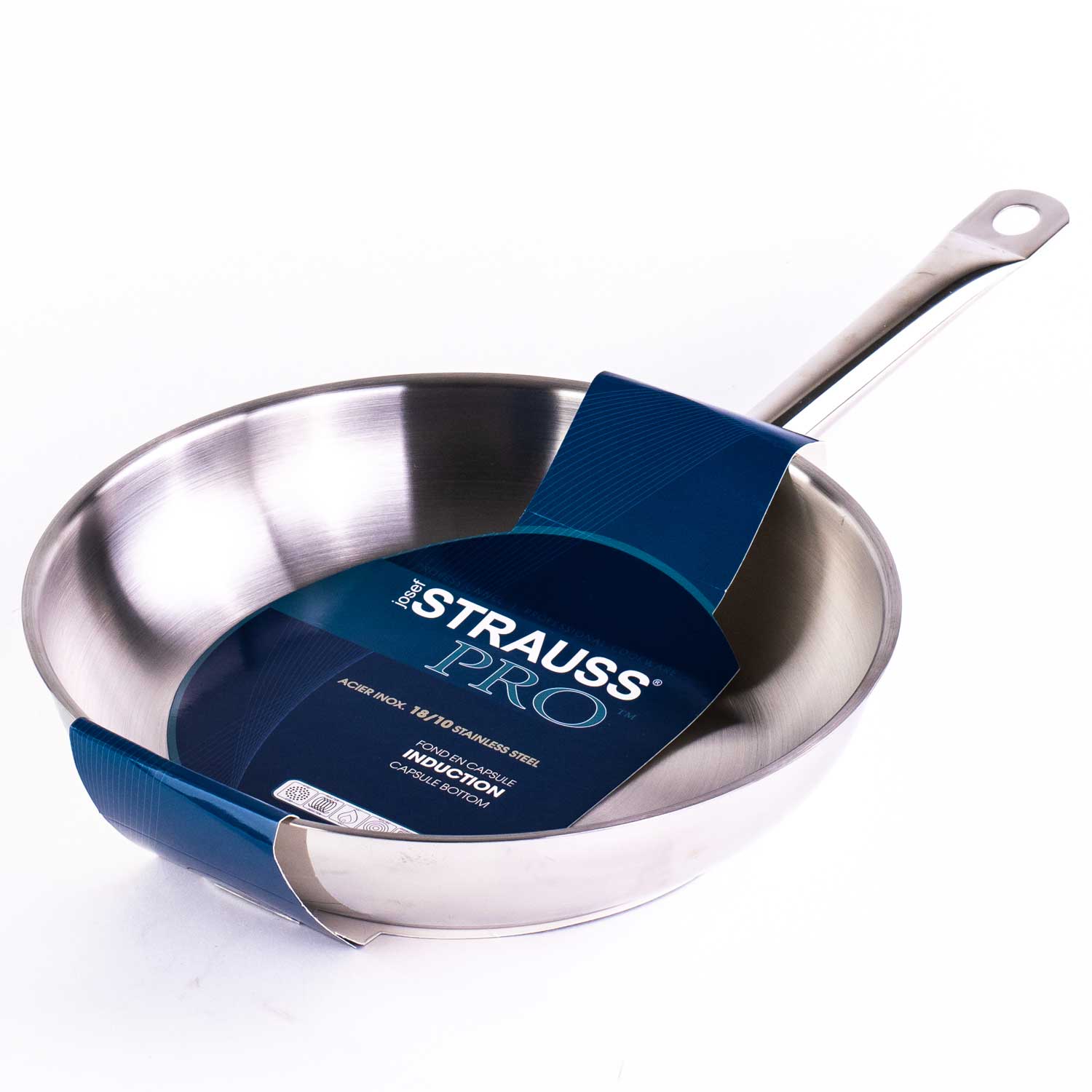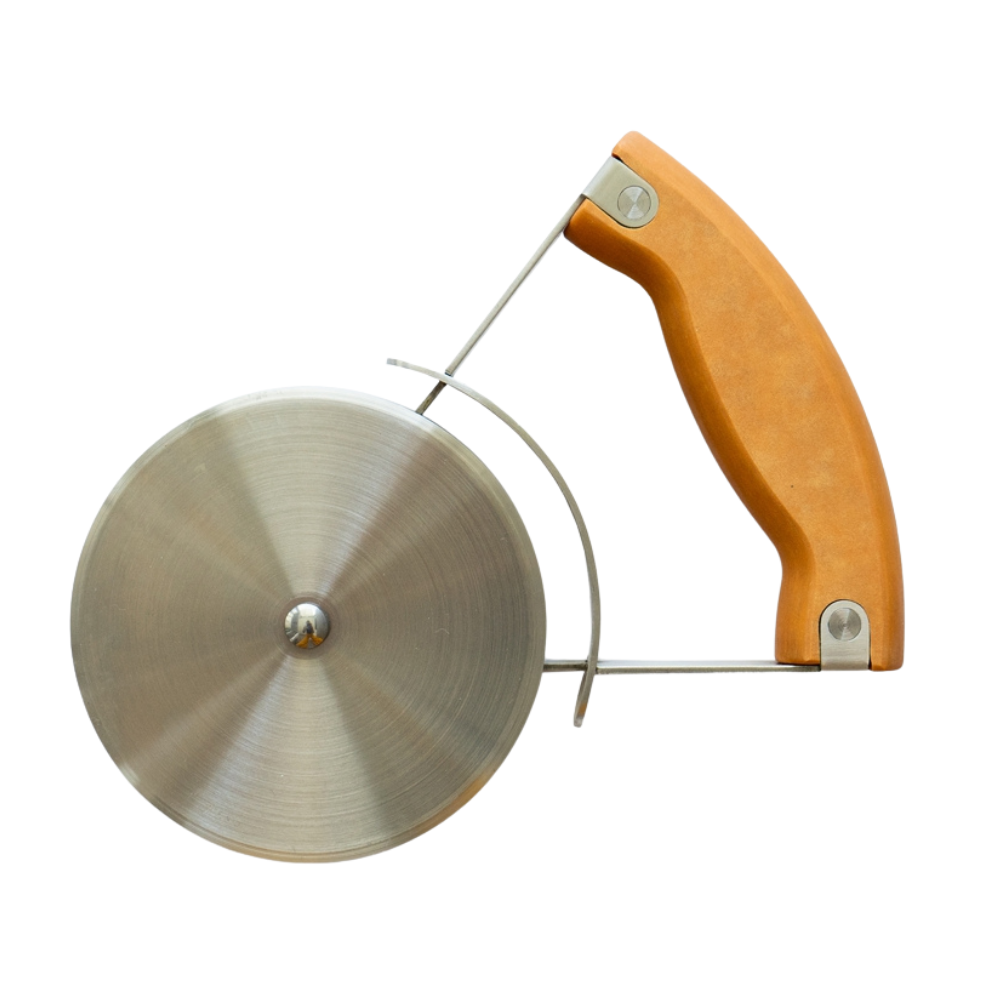Description
Signature aromas
Allspice, lime, cinnamon, cardamom, molasses.
This non-alcoholic rum is the outcome of 3+ years of research. After experimenting with ginger, green molasses and roasted pineapple rind to achieve a funkier Jamaican style, our team settled on the balance of this spicy version, which relies on sugar cane and the warmth provided by cinnamon, allspice and cardamom.
Mixed with cola or in cocktails, the illusion is total. Tasted on its own, the warmth of its spices is reminiscent of alcohol.
Best served:
- On ice
- Mixed with cola or 7up
- In a Daiquiri
- In a Mojito
- In a Cuba Libre
- In a Dark n’ Stormy
- As you would any other spiced rum!
- Format : 700 ml
NUTRITIONAL INFORMATION
- Per serving / cocktail (45ml)
- 2g of sugar
- 15 calories
- Ingredients: Filtered water, Cane sugar, Glycerin, Natural flavors, Cardamom extract, Citric acid, Caramel, Potassium sorbate, Sodium benzoate.
TASTE
Its spicy, warm bouquet offers notes of molasses, allspice and green cardamom. Its taste is complex, spicy and warm. It’s an amalgam of vanilla, cinnamon, chili and cardamom with the caramel of cane sugar and the kick of aged rum.
WHY 0.5% ALC/VOL
This totally fair question often comes up in the alcohol-free world. How can a 0.5% non-alcoholic product be labelled alcohol-free? What’s the real difference between a 0.0% and 0.5%?
First, traces of alcohol are found everywhere in our daily lives. Ethanol being a by-product of fermentation, traces of alcohol can be found in soft drinks, vinegar, kombucha, jams, sauces, pasteurized juices, sweets, sodas, cakes, pies, chocolate, sourdough bread, pickles, sauerkraut, kefir cheese and certain foods with added extracts or flavourings. Obviously, this is not a label claim. Flavourings, whether artificial or natural, are generally combined with an ethanol base.
It’s important to stress that these are only traces (in the order of 0.1 ml of pure alcohol per serving) which represents no danger for pregnant women, children or people who are abstaining from alcohol, unless a medical recommendation requires you to avoid alcohol altogether, in which case the 0.0% mention is essential. In this case, you’ll probably also need to avoid fermented foods (such as bakery bread), as well as most processed grocery store ingredients that contain sugar or flavourings.
With traces of alcohol appearing everywhere, the law states that products containing less than 0.5% alcohol by volume are considered “alcohol-free”. For this reason, some non-alcoholic and dealcoholized beverages containing less than 0.5% alcohol by volume are labelled alcohol-free. It is important to note, however, that the law recommends the use of the term “non-alcoholic” on labels, and that a revision of the law is scheduled for the end of 2023.
Therefore, except for medical reasons, according to current knowledge, there is no danger or negative effect on health from these tiny quantities of alcohol. Non-alcoholic spirits, wines and beers have become all the rage in recent years. Here’s an important reminder of what’s behind the labelling of these products:
Spirit, beer or non-alcoholic wine marked at less than 0.5% alc/vol:
This product has been formulated with botanical extracts or natural flavours whose base contains traces of alcohol. It contains less than 0.5% alcohol by volume.
Spirit, beer or non-alcoholic wine marked at 0.0% alc/vol:
This product is made from 100% natural flavours, with a base specially developed with glycerine or propylene glycol be exempt of all alcohol. This product cannot contain real juice or fruits, which almost always contain traces of alcohol.
Alcohol-free spirit, beer or wine with no indication of alcohol percentage on the label:
This product is necessarily made from natural extracts and/or flavourings whose base contains traces of alcohol, otherwise they would proudly display the 0.0% label. This product therefore generally contains less than 0.5% alcohol by volume.

































